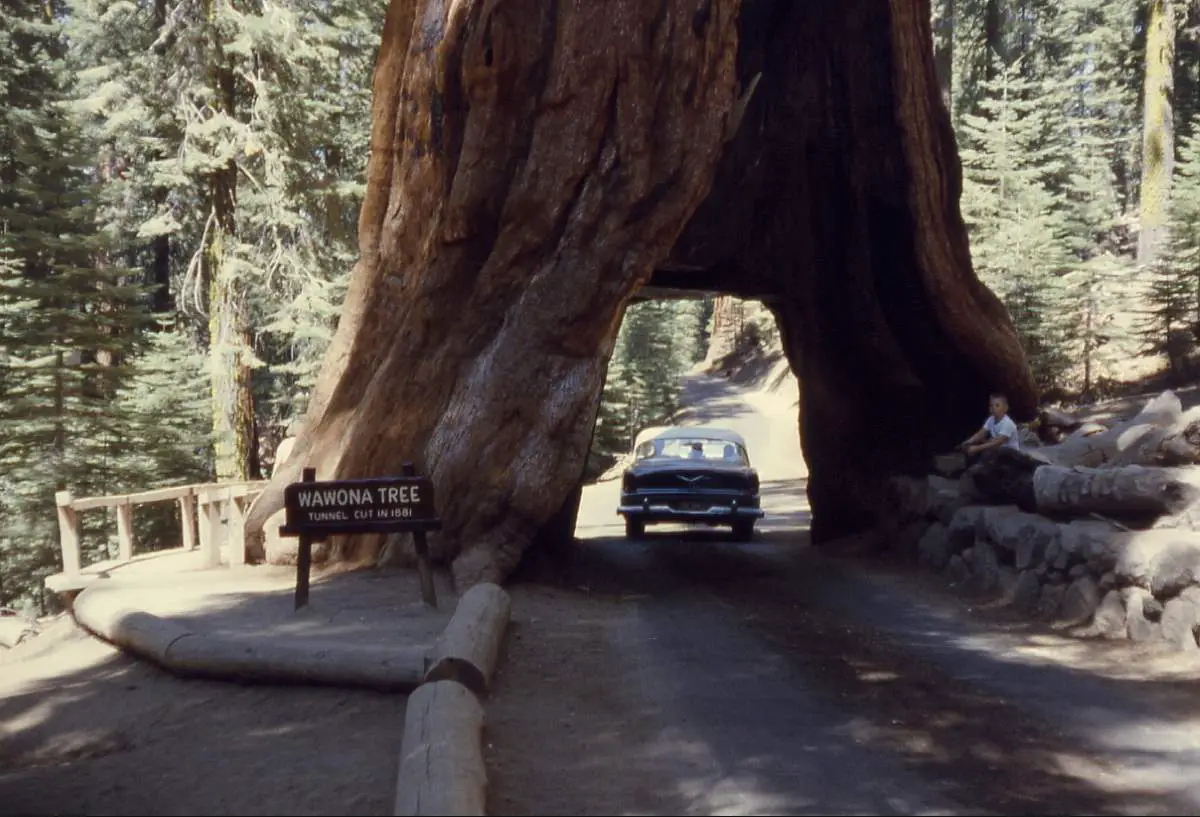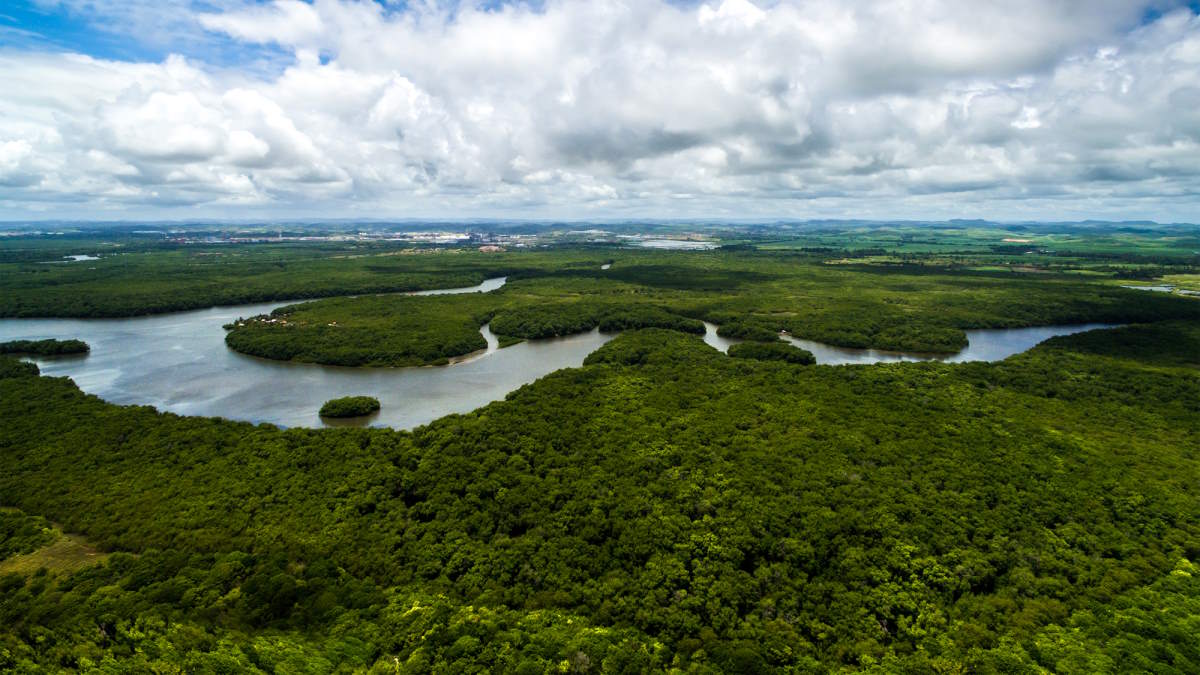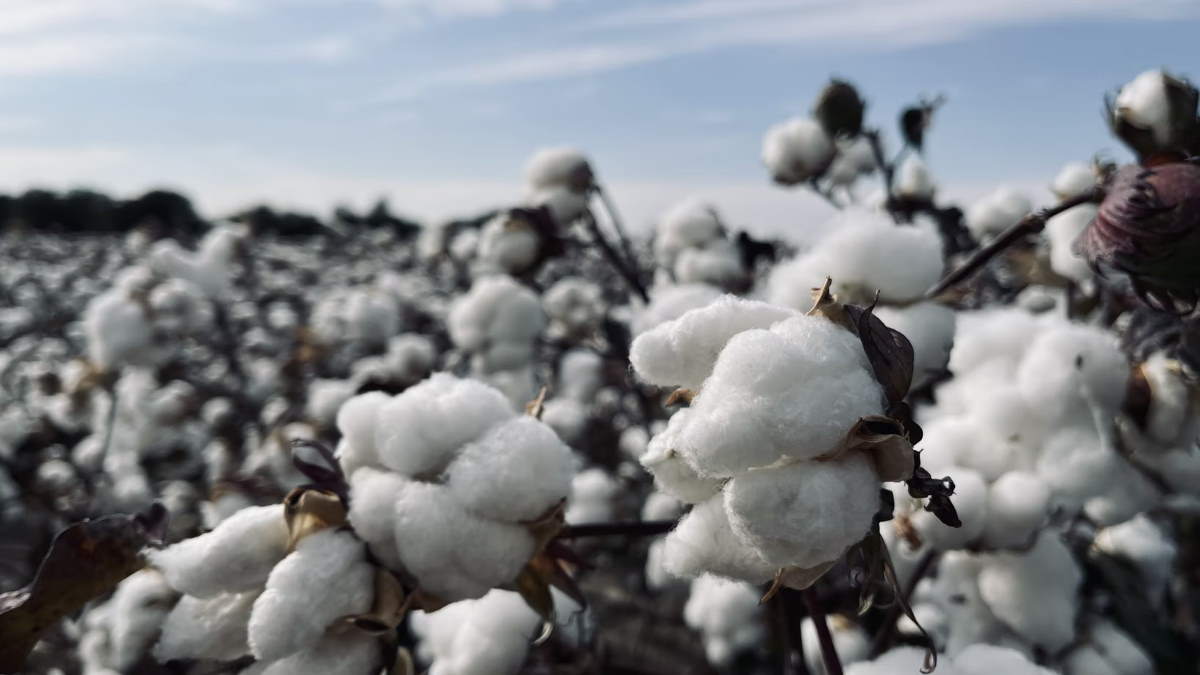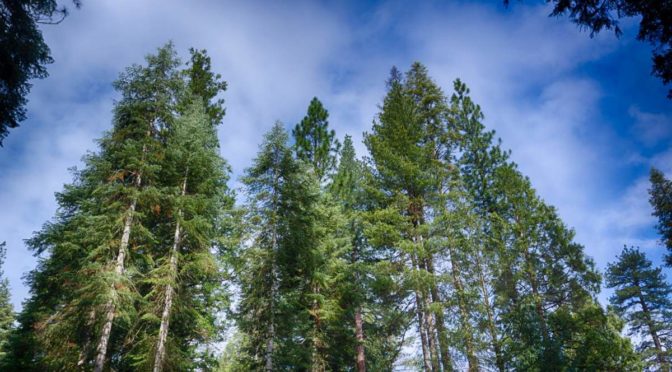The Earth is an ever-changing canvas, boasting a plethora of natural wonders that have captivated humans for generations. From expansive coral reefs teeming with life to awe-inspiring volcanoes that seem to touch the sky, these marvels remind us of the beauty and complexity of our planet. However, not all wonders stand the test of time. …
Category Archives: Plants
Amazon Rainforest Doesn’t Actually Produce 20% of the World’s Oxygen [But We Must Still Protect It]
A persistent myth surrounding the Amazon rainforest, that it contributes a whopping 20% of the world’s oxygen, is a considerable overstatement. While this impressive figure has been quoted by numerous media outlets, politicians, and celebrities, recent scientific examinations have challenged its validity. Yet, despite not being the world’s “lungs,” as it’s often described, the Amazon …
Bioengineered Cotton Could Help Solve World Hunger
Humans have relied on cotton’s textile fiber for nearly seven millennia. However, utilizing cottonseed as food has been a long and unfulfilled goal of many plant breeders. Along with its abundant, high-quality protein, cottonseed also contains gossypol – a toxic chemical that renders the seed inedible. Cottonseed’s fate as a mostly unusable by-product seemed sealed …
Continue reading “Bioengineered Cotton Could Help Solve World Hunger”
Tree Facts: 42 amazing things about trees
Trees help our soil remain healthy by reducing soil erosion and by creating a soil climate suitable for microorganisms to grow. Here are the most amazing tree facts.
How to Save and Revive Dying Trees
Just like other living organisms, trees can get sick and die of disease if they’re not cared for properly. Fortunately, there are steps you can take to relieve the stress your trees are experiencing and protect their long-term health. Injured trees exist on a spectrum from stressed to dying. Unfortunately, once your tree is dying, …
Why do leaves change color in the fall?
Plants are green because their cells contain chlorophyll (a green pigment, see notes 1) inside little structures called chloroplasts. Chlorophyll is green because it absorbs other wavelengths of light, but reflects the wavelength that we see as green. That’s why most plants are green, including trees and grass. Those wavelengths that the chlorophyll is absorbing? …
7 Oldest Trees in the World
The lifespan of trees varies greatly. Almost all trees outlive us, humans, and some of them can reach very old age (thousands of years!) depending on their species. Here is a list of the oldest trees in the world.
Creating Power Foods with Gene Technology
At least 820 million people suffer from hunger and malnutrition globally and human population growth is likely to exacerbate this problem in the future. It is becoming increasingly important to develop sustainable and efficient methods to meet food demands. To address this global issue, Dr. Sanju A. Sanjaya and Bagyalakshmi Muthan from West Virginia State …
Continue reading “Creating Power Foods with Gene Technology”
Regrowing a tropical forest – is it better to plant trees or leave it to nature?
The destruction of tropical forests is a major contributor to biodiversity loss and the climate crisis. In response, conservationists and scientists like us are debating how to best catalyze the recovery of these forests. How do you take a patch of earth littered with tree stumps, or even a grassy pasture or palm oil plantation, …
Continue reading “Regrowing a tropical forest – is it better to plant trees or leave it to nature?”
If we lose the Amazon rainforest, the consequences would be disastrous
There are big wildfires in the Amazon, the world’s largest tropical rainforest. Rainforests are the oldest living ecosystems and without a shadow of a doubt, the most vital habitats on Earth (the Amazon rainforest has been in existence for at least 55 million years). The Amazon represents over half of the planet’s remaining rainforests, and …
Continue reading “If we lose the Amazon rainforest, the consequences would be disastrous”









